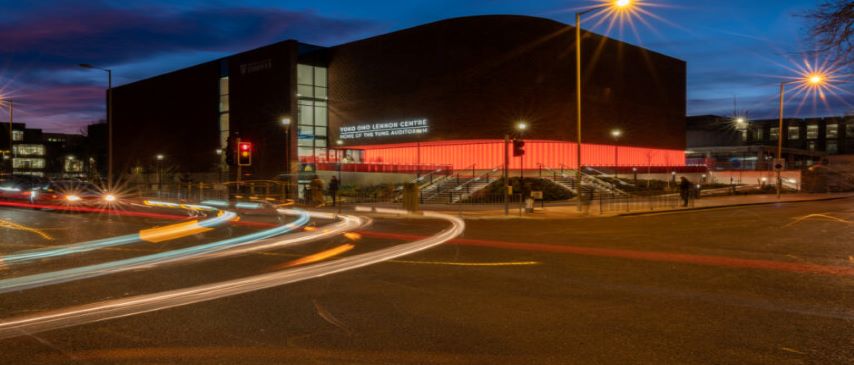
Chemistry Seminar - The Design of Miniature Bio-assay Devices - David E Williams
Add this event to my calendar
Click on "Create a calendar file" and your browser will download a .ics file for this event.
Microsoft Outlook: Download the file, double-click it to open it in Outlook, then click on "Save & Close" to save it to your calendar. If that doesn't work go into Outlook, click on the File tab, then on Open & Export, then Open Calendar. Select your .ics file then click on "Save & Close".
Google Calendar: download the file, then go into your calendar. On the left where it says "Other calendars" click on the arrow icon and then click on Import calendar. Click on Browse and select the .ics file, then click on Import.
Apple Calendar: The file may open automatically with an option to save it to your calendar. If not, download the file, then you can either drag it to Calendar or import the file by going to File >Import > Import and choosing the .ics file.
1. Design parameters – the unit operations, the system specification and how these interact
2. A new industrially-scalable method for manufacturing active surfaces on biosensors using plasma-enhanced chemical vapour deposition, and methods for evaluating such surfaces
3. Antibodies on surfaces – the conformation, binding capacity, non-specific binding and how the choice of surface influences these
4. Model development leading to understanding of precision drivers for the case where the signal generating label is a nanoparticle and specifically treating lateral flow devices such as the home pregnancy test.
The results concerning the key error drivers in the device design can be surprising and indicate some interesting directions for future research.
